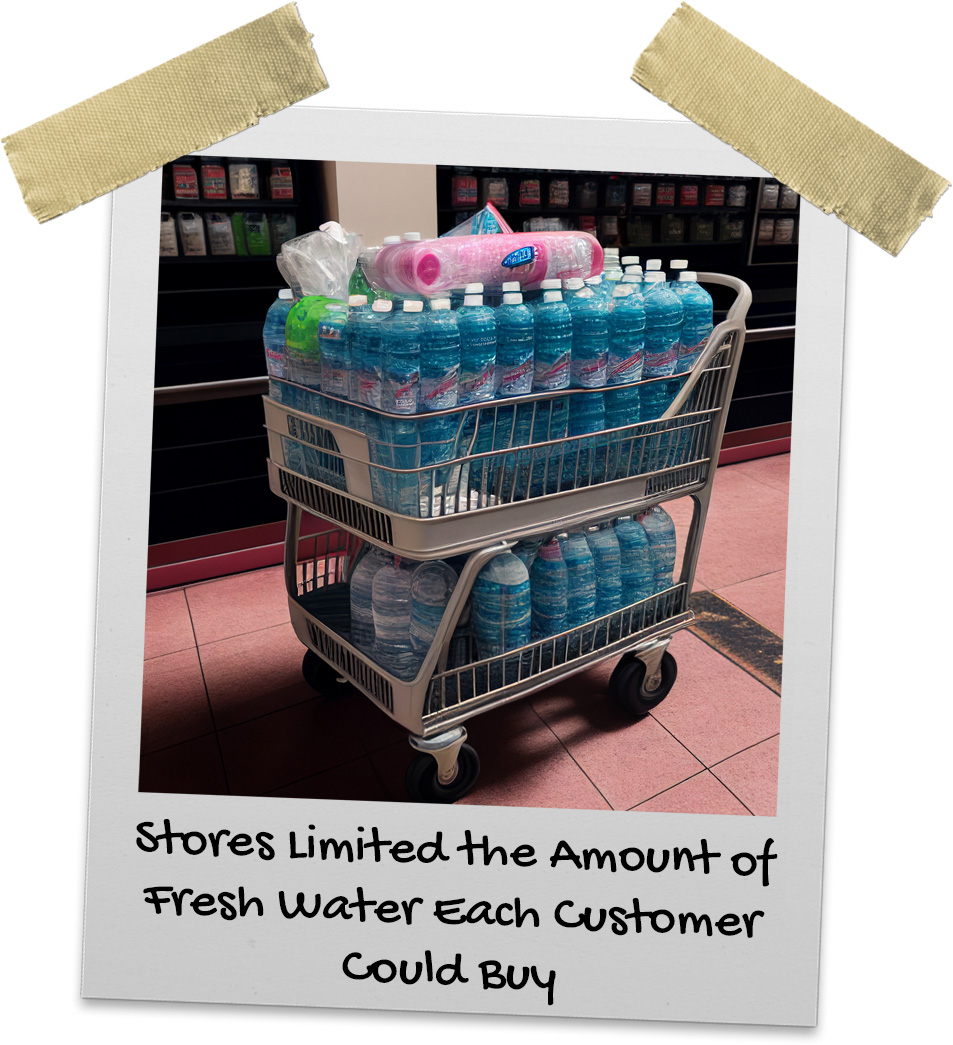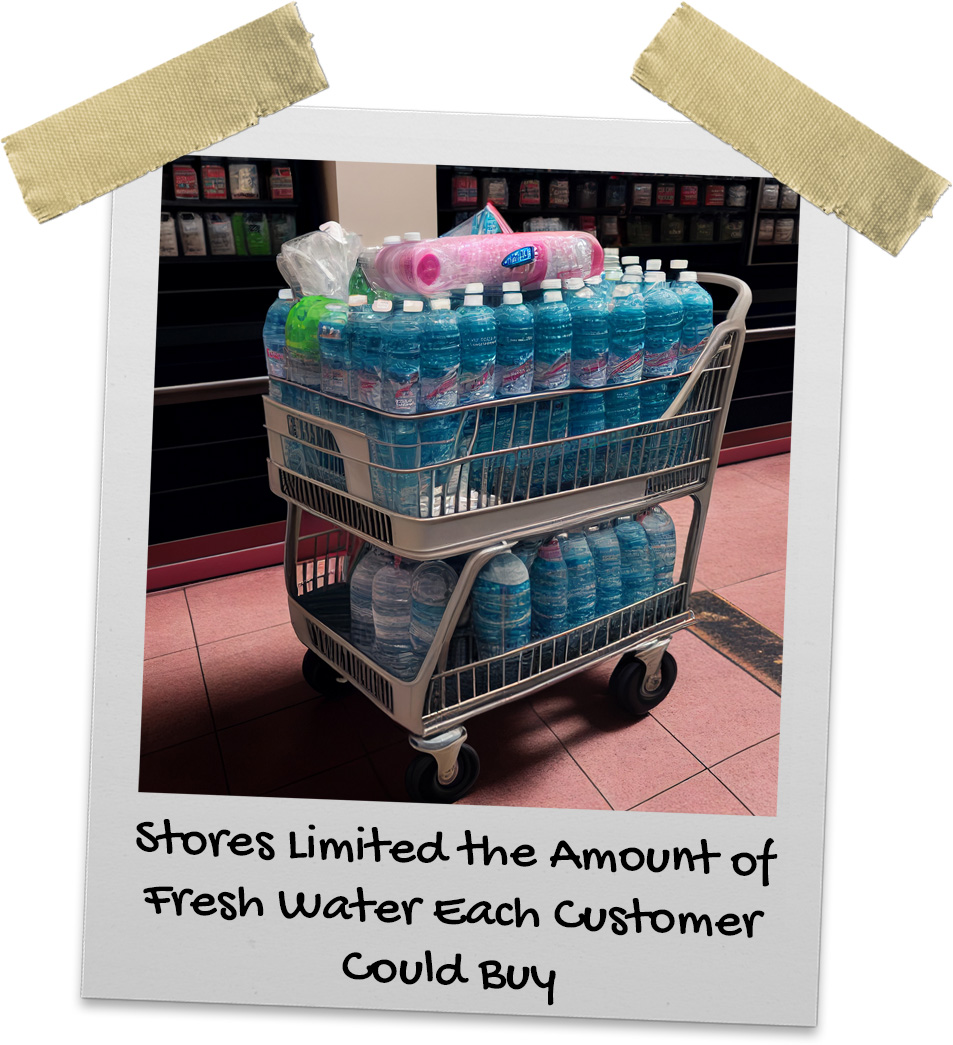Stores Limited the Amount of Water Each Customer Could Buy


As the COVID-19 pandemic swept through the country, people began to stockpile supplies in case of a long-term lockdown. Just like when bad weather is forecasted, it triggered hoarding for the people of the United States. And one item that seemed to be at the top of everyone's list was water.
During the beginning of the frenzied water buying, people rushed to stock up before the supplies ran out. It was not uncommon to see people pushing shopping carts filled to the brim with cases of bottled water or filling up jugs and containers at the store's water stations. While it didn’t get the same amount of publicity as toilet paper did, it drew attention.
But why all the fuss over H2O? To understand this phenomenon, we must first look at the psychology of panic buying. When faced with a crisis, our brains tend to go into survival mode. We become more risk-averse and prioritize the acquisition of resources that we believe will help us weather the storm. For some, this meant stockpiling water.
Some people feared that if their state was ordered into a lockdown, they would be cut off from basic supplies. Water is a particularly important resource, as it is essential for human survival. Without it, we would quickly become dehydrated and suffer from a host of health problems. It's no wonder that people were eager to stock up on as much water as they could get their hands on.
After the initial wave and complaints from other shoppers, many stores stepped in and imposed limits on how much water each person could buy. It seemed that no matter where you went, there were signs reading "2 gallons per customer" or "limit of 4 bottles per purchase." This was a good step by the stores to place the priority people over profits in these situations.
The only logical flaw in all this panic buying was that most of the United States’ drinking water is very good, and nearly endless. There also wasn’t a single instance of COVID-19 attributed to water-based transmission. The decision to stockpile water didn’t come from a sound position, but rather from some human instinct to hoard supplies during times of uncertainty.



